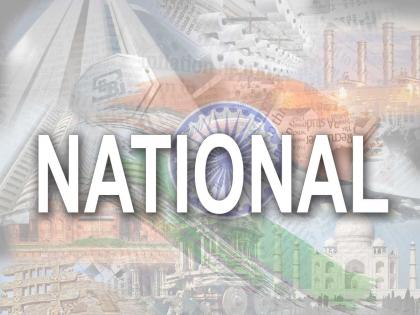When a PM stepped in to get JNU protesters off the hook
By IANS | Published: January 13, 2020 09:25 AM2020-01-13T09:25:36+5:302020-01-13T09:35:04+5:30
The scenes of students' protests unfolding at JNU since last year, are a reminder of the university's feisty pedigree. Over the years, the varsity has continued to figure in the media and public discourse for the controversies that break out on campus regularly. According to some, the tough approach of JNU authorities and police towards the protesters at present stands out in contrast to an incident that took place around 15 years ago.

When a PM stepped in to get JNU protesters off the hook
It was 2005, when Manmohan Singh was the Prime Minister leading the UPA government those were delicate days for Indian diplomacy that was walking the tightrope between the US and Iran at the IAEA. India went on to support the US in a vote against Iran at the International Atomic Energy Agency (IAEA); a move that did not go down well the Leftist allies of the Congress-led UPA government.
In November of the same year, Prime Minister Singh went to JNU to unveil a statue of Jawahalal Nehru, the country's first prime minister. The demonstration by some pro-Left student protestors turned out to be the newspoint of the day as they raised slogans against the prime minister. Although the prime minister finished his speech and left the campus, tensions continued to flare up with clashes between AISA and NSUI members. The police intervened and four students were taken into custody. The university administration also moved against the protestors.
But subsequently, the students were let off after the prime minister reportedly intervened in the matter and asked that they not be harshly dealt with.
Shakil Khan, a Congress leader from Bihar and former JNUSU president (1992-93) told : "Until now, JNU has been an institute which speaks up for democratic rights. However, the previous governments and varsity administrations always saw these protests as the right to expression. But this government considers protesters and JNU as its enemy."
He went on to add: "They (BJP) believe in kill the enemy strategy. That's why the instance in 2005 and earlier were dealt peacefully, but this time it has burgeoned."
The 2005 episode in JNU's past was raked up recently by Umar Khalid, who along with Kanhaiya was at the epicentre of the JNU controversy in 2016. On January 9, Khalid tweeted: "In 2005, Manmohan Singh faced black flags in JNU as a protest against his economic policies. It became big news. The administration immediately sent notices to students. The very next day, the PMO intervened and asked the admininstration not to take any action as protests were students' democratic right."
"PM Manmohan Singh facing sloganeering and black flags from student protestors began his speech by quoting Voltaire: 'I may not agree with what you say, but I will defend to death your right to say it'," Khalid added.
The other side of the coin is spelt out by those who point out that the magnitude and intensity of conflict in the two cases are very different. In January 2020, the campus saw student activists, on opposite sides of the political divide, brutally assaulting each other.
A JNU professor, on condition of anonymity, said: "Protests in 2005 and before were all peaceful and limited to peaceful, verbal spats. But this time around, students have been running around campus like goons and hitting anyone and everyone in sight. This situation cannot be compared to 2005."
Observers feel that the scale of violence is unprecedented today, making it difficult for the university authorities and police to turn a blind eye to the happenings on campus.
( With inputs from IANS )
Open in app